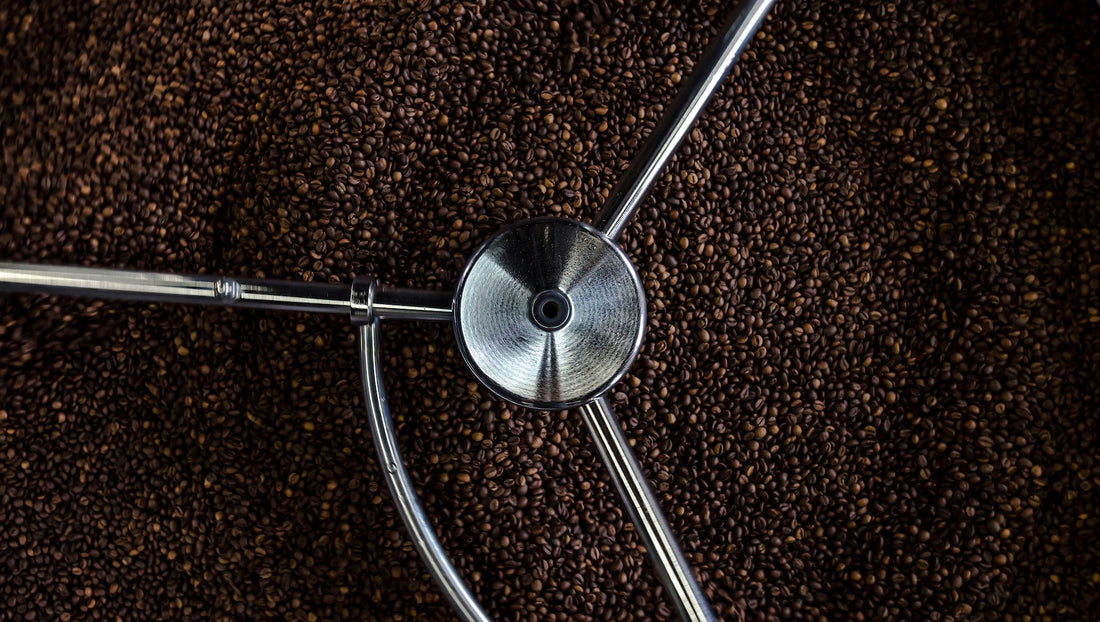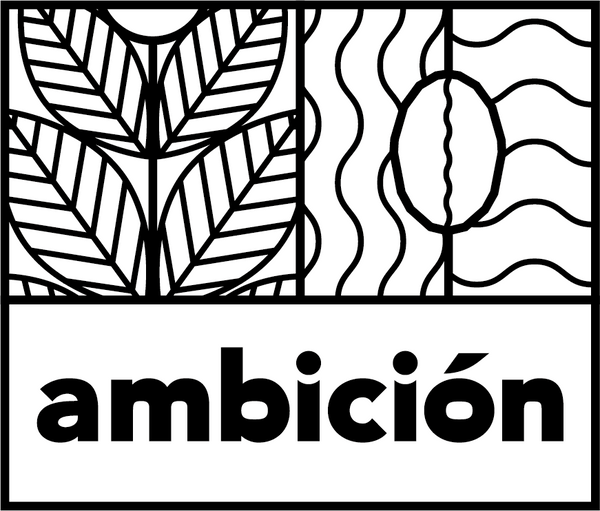
Heat Shock and Heat Soak Coffee Roasting Techniques
The world of coffee is as diverse as the beans themselves, with roasters continually innovating to bring out the best flavors from each batch. Two such techniques that have gained popularity in recent years are heat shock and heat soak coffee roasting. These methods go beyond traditional roasting approaches, unlocking new dimensions of flavor and aroma in your morning brew.
Heat Shock Roasting: A Quick Jolt of Intensity
Imagine subjecting coffee beans to a sudden burst of intense heat, awakening their flavors in a process akin to a culinary lightning strike. This is the essence of heat shock roasting, a technique that challenges conventional slow-roasting methods. Heat shock involves exposing the beans to high temperatures for a brief period, typically at the beginning of the roasting process.
The sudden temperature spike causes the beans to undergo rapid chemical transformations, intensifying their flavors. This technique is particularly effective in enhancing the brighter and more acidic notes of the coffee, providing a delightful and lively character to the final cup.
Heat Soak Roasting: Slow and Steady Wins the Flavor Race
On the opposite end of the spectrum lies heat soak roasting, a method that embraces a slower, more deliberate approach. In heat soak, beans are roasted at lower temperatures for an extended duration, allowing for a gentle and thorough absorption of heat. This technique allows the beans to soak up the flavors and aromas more gradually, resulting in a well-rounded and nuanced profile.
Heat soak roasting is renowned for preserving the intrinsic qualities of the beans while coaxing out subtle undertones. This method is particularly favored for beans with complex flavor profiles, as the extended roasting time allows for the development of a symphony of flavors, creating a cup of coffee that tells a story with each sip.
The Science Behind the Magic
Both heat shock and heat soak roasting techniques exploit the complex chemistry within coffee beans. During roasting, beans undergo Maillard reactions, caramelization, and various chemical changes that contribute to the final flavor profile. Heat shock accelerates these reactions, while heat soak allows for a more controlled and extended process.
In heat shock roasting, the rapid application of heat kickstarts Maillard reactions and caramelization, leading to the formation of distinct flavor compounds. The quick process minimizes the breakdown of organic acids, resulting in a cup that boasts bright acidity and pronounced fruitiness.
Conversely, heat soak roasting provides a slower and more controlled environment for these reactions. This method allows for the Maillard reactions to occur at a measured pace, preserving the delicate balance of acids, sugars, and other compounds. The extended roasting time promotes the development of deeper, more complex flavors, making it an ideal choice for beans with intricate tasting notes.
Conclusion
As coffee enthusiasts explore the vast landscape of roasting techniques, heat shock and heat soak methods stand out as innovative approaches that push the boundaries of flavor extraction. Whether you prefer the electrifying intensity of heat shock or the patient refinement of heat soak, both techniques offer a unique journey into the world of coffee craftsmanship. So, the next time you savor that cup of freshly roasted coffee, take a moment to appreciate the artistry behind the beans and the roaster's skill in using heat to unlock the full spectrum of flavors.
Heat Shock Roasting: A Quick Jolt of Intensity
Imagine subjecting coffee beans to a sudden burst of intense heat, awakening their flavors in a process akin to a culinary lightning strike. This is the essence of heat shock roasting, a technique that challenges conventional slow-roasting methods. Heat shock involves exposing the beans to high temperatures for a brief period, typically at the beginning of the roasting process.
The sudden temperature spike causes the beans to undergo rapid chemical transformations, intensifying their flavors. This technique is particularly effective in enhancing the brighter and more acidic notes of the coffee, providing a delightful and lively character to the final cup.
Heat Soak Roasting: Slow and Steady Wins the Flavor Race
On the opposite end of the spectrum lies heat soak roasting, a method that embraces a slower, more deliberate approach. In heat soak, beans are roasted at lower temperatures for an extended duration, allowing for a gentle and thorough absorption of heat. This technique allows the beans to soak up the flavors and aromas more gradually, resulting in a well-rounded and nuanced profile.
Heat soak roasting is renowned for preserving the intrinsic qualities of the beans while coaxing out subtle undertones. This method is particularly favored for beans with complex flavor profiles, as the extended roasting time allows for the development of a symphony of flavors, creating a cup of coffee that tells a story with each sip.
The Science Behind the Magic
Both heat shock and heat soak roasting techniques exploit the complex chemistry within coffee beans. During roasting, beans undergo Maillard reactions, caramelization, and various chemical changes that contribute to the final flavor profile. Heat shock accelerates these reactions, while heat soak allows for a more controlled and extended process.
In heat shock roasting, the rapid application of heat kickstarts Maillard reactions and caramelization, leading to the formation of distinct flavor compounds. The quick process minimizes the breakdown of organic acids, resulting in a cup that boasts bright acidity and pronounced fruitiness.
Conversely, heat soak roasting provides a slower and more controlled environment for these reactions. This method allows for the Maillard reactions to occur at a measured pace, preserving the delicate balance of acids, sugars, and other compounds. The extended roasting time promotes the development of deeper, more complex flavors, making it an ideal choice for beans with intricate tasting notes.
Conclusion
As coffee enthusiasts explore the vast landscape of roasting techniques, heat shock and heat soak methods stand out as innovative approaches that push the boundaries of flavor extraction. Whether you prefer the electrifying intensity of heat shock or the patient refinement of heat soak, both techniques offer a unique journey into the world of coffee craftsmanship. So, the next time you savor that cup of freshly roasted coffee, take a moment to appreciate the artistry behind the beans and the roaster's skill in using heat to unlock the full spectrum of flavors.
